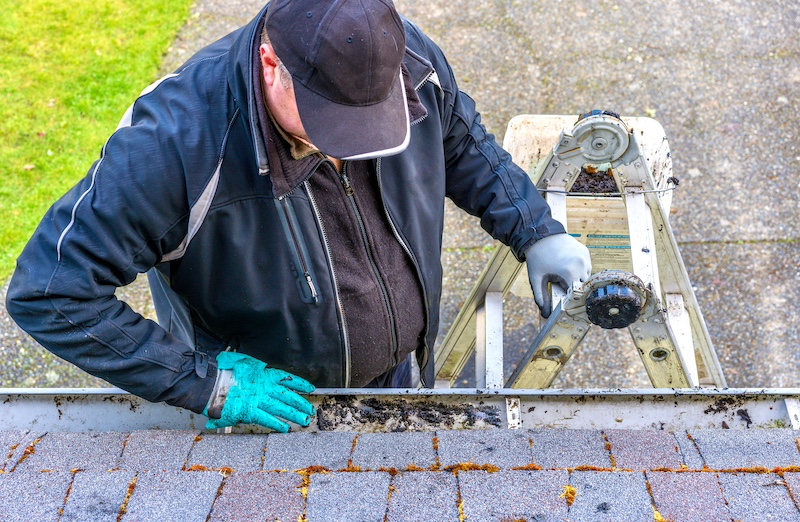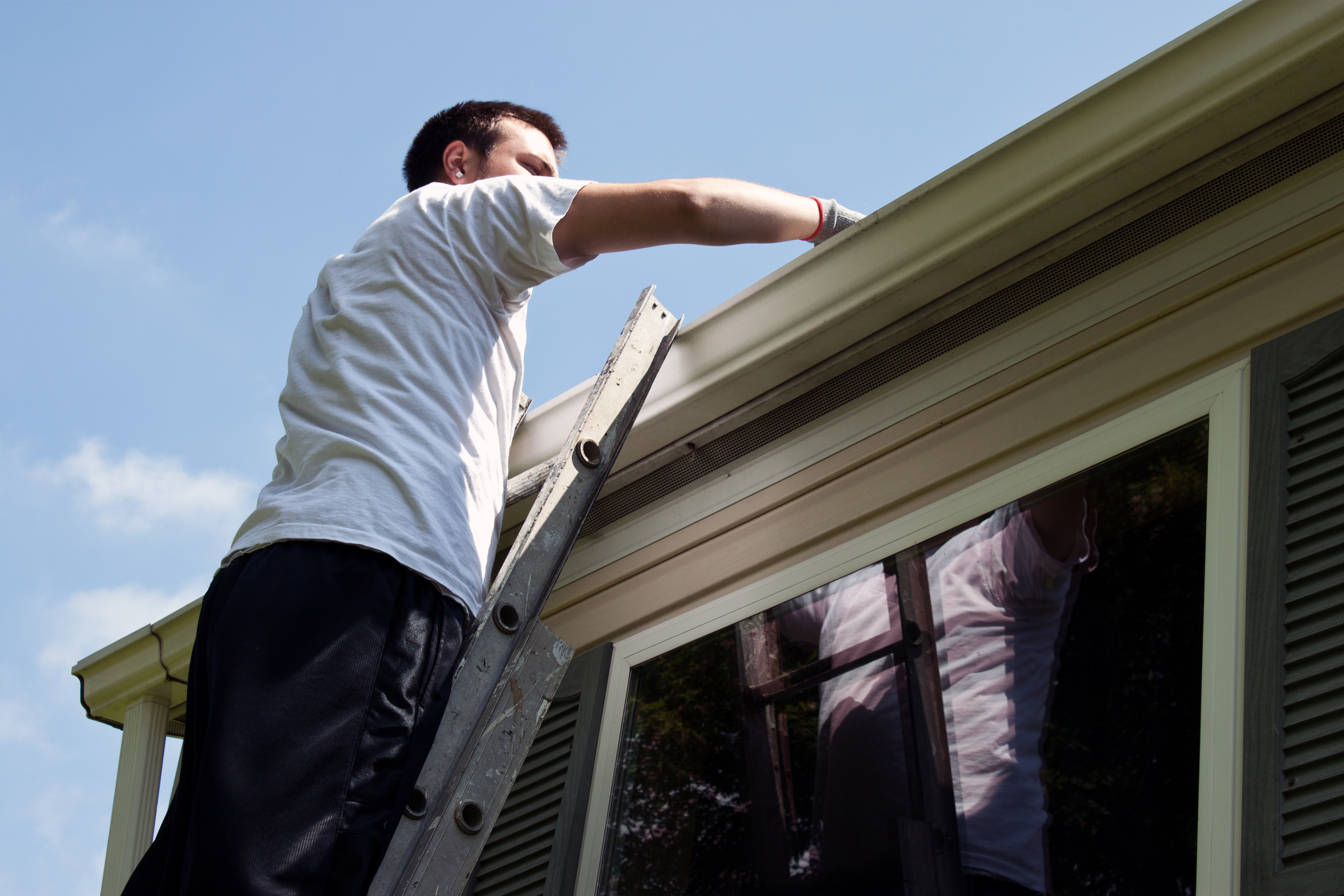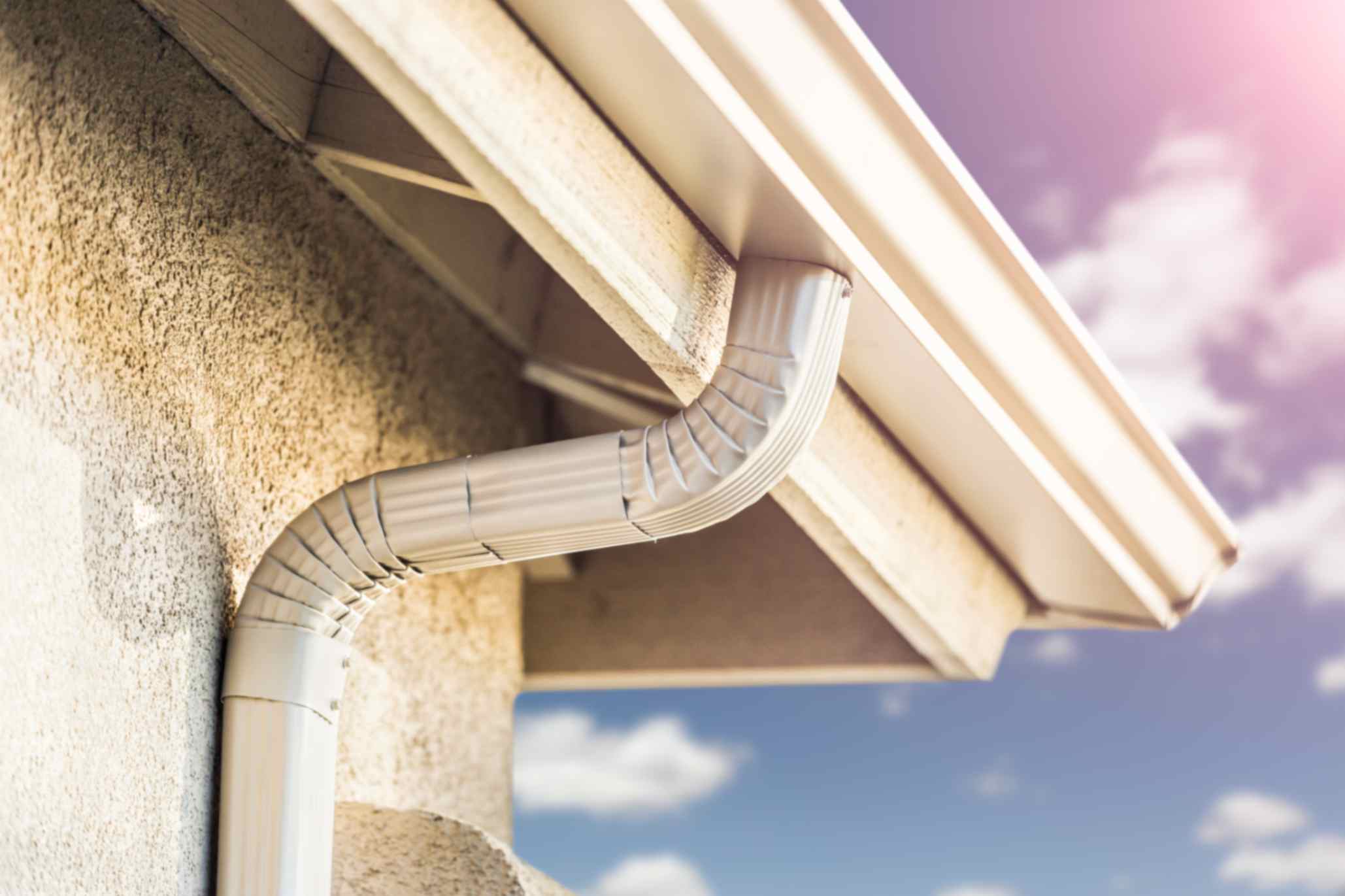What You Should Be Doing with Your Gutters in July

Why Gutter Maintenance is Important in Summer
During the summer months, it's easy to overlook the maintenance of your gutters. However, neglecting them can lead to costly repairs and damage to your home. Here are three key reasons why gutter maintenance is important in summer:
Preventing Clogs and Water Damage: Summer storms can bring heavy rainfall, which can overwhelm your gutters if they are clogged with leaves, debris, or bird nests. This can result in water overflowing from the gutters, causing damage to your roof, siding, and landscaping. Regular gutter cleaning can prevent clogs and ensure rainwater is properly diverted away from your home.
Maintaining Proper Water Flow: Gutters are crucial in directing rainwater away from your home's foundation. If your gutters are not functioning properly, water can pool around the foundation, leading to cracks, leaks, and even structural damage. Regularly inspecting and cleaning your gutters can ensure water flows freely and safely away from your home.
Protecting Your Home's Foundation: Your home’s foundation is its structural base and any damage to it can have serious consequences. Maintaining your gutters in summer can prevent water from seeping into the foundation and causing issues such as shifting, settling, or basement flooding. Keeping your gutters clean and in good condition will help protect your home's foundation and maintain its stability.
Don't underestimate the importance of gutter maintenance in summer. If you take the time to inspect, clean, and maintain your gutters regularly, you can prevent clogs, maintain proper water flow, and protect your home's foundation. Consider investing in Leafguard gutters, which are designed to keep debris out and ensure optimal performance year-round. Contact us today to learn more about our gutter solutions.
Cleaning Your Gutters Throughly
July is a great time to give your gutters some much-needed attention. Cleaning your gutters thoroughly not only ensures their longevity but also prevents water damage to your home. Here are some essential tasks to focus on:
Removing Debris and Leaves: Over time, gutters can accumulate debris, such as leaves, twigs, and dirt. Begin by using a sturdy ladder to access your gutters and remove any visible debris by hand. Be sure to wear gloves and take necessary safety precautions.
Using Safe Cleaning Methods: After removing the larger debris, clean the remaining residue. An effective method is to use a garden hose with a high-pressure nozzle attachment to flush out the gutters. Start at one end and work to the other, ensuring the water flows freely through the downspouts.
Clearing Downspouts and Drains: Downspouts are important in directing water away from your home's foundation. Check for any clogs or blockages that may hinder proper drainage. Use a plumber's snake or a pressure washer to clear any debris causing an obstruction.
Remember, regular gutter maintenance is essential to avoid potential issues. While cleaning your gutters it's also an excellent opportunity to inspect them for any signs of damage, such as cracks or rust. If you notice any significant problems, it's advisable to contact a professional gutter service like Leafguard for assistance.
Checking for and Repairing Gutter Damage
Regular maintenance and inspection of your gutters are crucial to ensure they continue to function properly and protect your home from water damage. In July, it is especially important to check for any gutter damage that may have occurred during the rainy season. Here are some essential steps to follow when inspecting and repairing your gutters:
Inspecting for Cracks or Leaks: Begin by visually inspecting your gutters for any signs of cracks or leaks. These can occur due to age, harsh weather conditions, or debris buildup. Look for any visible holes, gaps, or separation between gutter sections. If you notice any cracks or leaks, it is important to address them promptly to prevent further damage.
Repairing Loose or Sagging Gutters: Next, check for any loose or sagging gutters. Over time, gutters can become detached from the fascia board or start to sag due to the weight of debris or water. Use a ladder to carefully inspect the attachment points and ensure that the gutters are securely fastened. If you find any loose or sagging gutters, tighten the screws or nails to secure them back in place.
Replacing Damaged Gutter Sections: If you come across severely damaged gutter sections that cannot be repaired, it may be necessary to replace them. This could include sections with extensive rust, holes, or irreparable cracks. To replace damaged gutter sections, carefully remove the old sections and replace them with new ones of the same size and style. It is important to ensure a proper fit and secure attachment to maintain the integrity of your gutter system.
By regularly checking for cracks or leaks, repairing loose or sagging gutters, and replacing damaged sections, you can extend the lifespan of your gutters and prevent potential water damage to your home. If you need assistance with gutter maintenance or repairs, contact our team at Leafguard. Our high-quality gutter products and professional services will help keep your gutters in excellent condition.
-
Why Even Dry Climates Need Gutters
-
The Effect of Summer Heat on Your Gutters

The Effect of Summer Heat on Your Gutters
We delve into helpful tips on inspecting and maintaining your gutter system.
